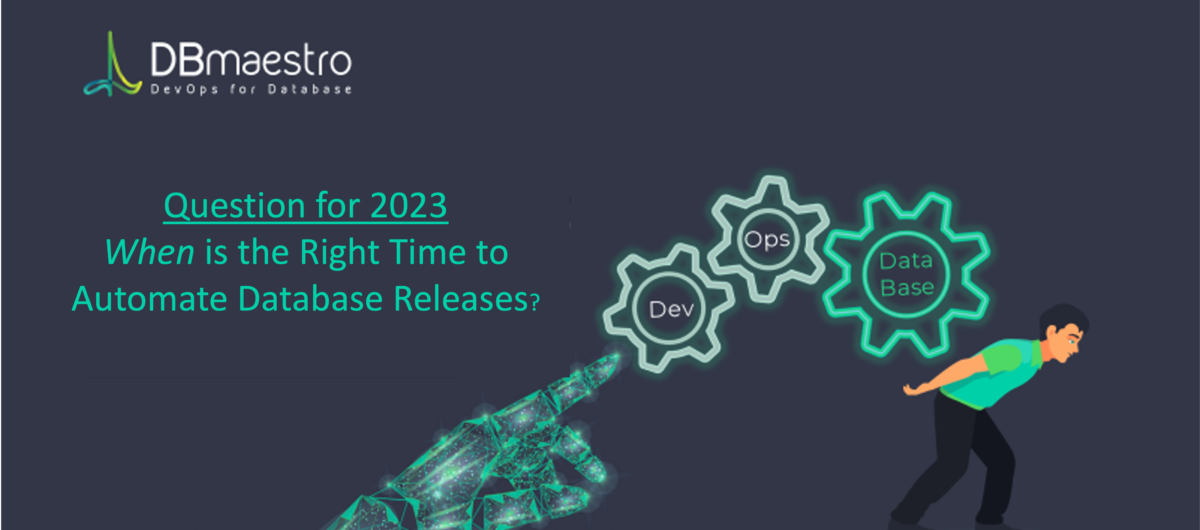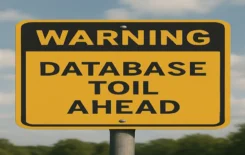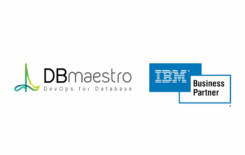Strong recession signals appear everywhere, as indications of layoffs by more and more CEOs hoping to cut costs are more prevalent than in recent years. According to many leading market analysts, this is the reality for the year 2023, and perhaps beyond.
Layoffs were minimal at first, due in part to startups struggling to raise capital. But it wasn’t long before announcements by venture capitalists were commonplace; they all seemed to reveal simultaneously that further investment, securing the funds for rescuing portfolios, would be temporarily halted. The price tag of such announcements quickly became apparent; startups, as well as strong, well-funded companies, began declaring “costs adjustments” (i.e. large scale layoffs and a complete stop in new hiring).
Strong industries (e.g. FSI, pharmaceutical, medical device, aeronautics) naturally generate a stronger, more prosperous habitat for the adjacent, high-tech industries. When times are tough the ripple effect is more like a shockwave. In other words, when the high-tech industry is in bad shape, it effects everyone. Within weeks, what was a drizzle becomes a flood. Leading corporations such as Meta, HP, Morgan Stanley, CNN, Amazon, Walmart, and many others are now seemingly grappling with this reality. These strong and well-established companies are preparing for the coming slowdown and battening down the hatches for the rainy days ahead.
The best we can do now is embrace reality. The long, dark winter in business is coming, if not now, then after Christmas. And that “winter” is likely to last for many more seasons.
Everyone is already exhausted and overwhelmed from having to wear more hats, and do more with less. It’s a myth that the work of a dozen team members can somehow be accomplished by a couple of people. (It’s only true through automation.)
The ever-growing number of applications, both for internal and external online interactions, is staggering. But the growth rate of application releases is nothing less than astounding. What once took weeks, today takes minutes, thanks to application code automation.
Code automation is arguably a byproduct of Dr. Eliyahu Goldratt’s groundbreaking “Theory of Constraints,” a process improvement methodology that emphasizes the importance of identifying the “system constraint” or bottleneck. Goldratt’s system was amazingly simple, at least in retrospect: organizations can achieve their financial goals while delivering on-time-in-full (OTIF) to customers, avoiding stock-outs in the supply chain, reducing lead time, etc., simply by identifying (and leveraging) the constraint. His work centered around identifying the constraint.
It’s probably safe to say that *most* serious, application-producing organizations have already implemented DevOps and Git tools for application code. Yet, for those same organizations, database code today is the remaining constraint. As Goldratt’s work made evident, no chain can ever be stronger than its weakest link. That weak link is represented by manual database releases.
It only takes a moment of thought to realize that manual database code management is akin to “tinkering.” It’s a slog. Time-consuming and slow, it requires DBAs and DevOps professionals to be in place, manually, to mitigate the risk of a failed database release. Now consider automated database releases, and change management through versioning; it enables scalable, agile, cross-team collaboration, which dramatically improves speed while also removing drifts, partial updates and innumerable other errors that slow everything down. It’s not difficult to identify the bottleneck in this system.
Look, the entire database release can be automated too, just like the application code before it. Sure, it’s fantastic to have superstars on the database team to alert management of compliance issues and potential security breaches. Those guys can be lifesavers. Keep them. Love them. It’s great that they can manually identify partial code updates that conflict, as well as pinpoint configuration drifts. Use them to their fullest potential, because they’ll be great at many, many things. But realize that, at least when it comes to database releases, no human will ever be 100%. Embrace the change. It’s the only certain constant.
Learn more about database source control tools here.
See a short, three-minute video here.
Or download the playbook here.





